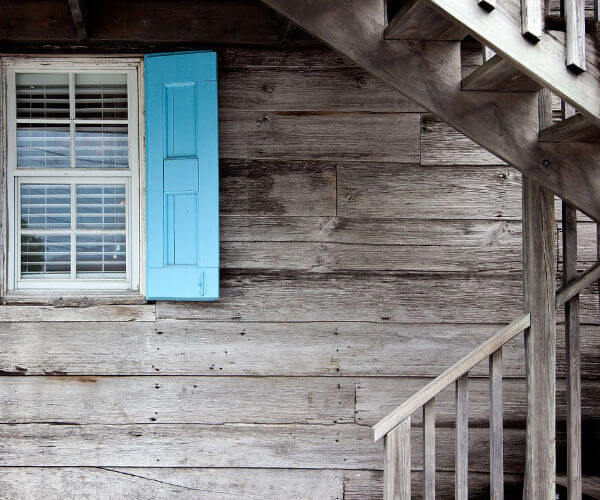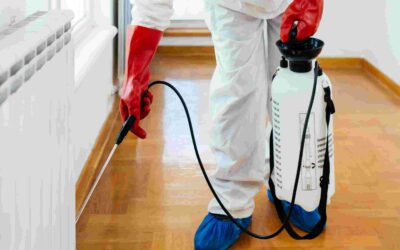
Termite Damage: What to Look For
According to the National Pest Management Association, termite damage costs Americans around 5 billion dollars annually. Most homeowners underestimate the consequences of a termite infestation often neglecting prevention measures.
It doesn’t matter if you have or haven’t protected your home against these pests. You should learn how to spot potential damage. Don’t know what to look for?
We’ve got you covered. Here are 5 signs that you may have a termite infestation in your home.
1. Wood Damage
While these pests cause wood damage, it will depend on the type of termite that is infesting your home. Subterranean termites are the most destructive species. These insects bite small pieces of wood, but over time can cause buildings and homes to collapse.
Depending on your location and home, you may encounter drywood, dampwood, formosan, or conehead termites. Most homeowners think termite damage may only be apparent indoors. However, these pests can even damage your home’s foundation, among other structures.
2. Swarms of Termites or Discarded Wings
Flying termites or swarmers are often mistaken by ants. If these pests are around your home, you may find these swarmers or discarded wings. These winged insects only leave their colonies after the termites reach a certain size and weather conditions are optimal.
Swarmers are attracted by light and typically come out at night. It will depend on the type of termite that’s damaging your home. Drywood termites swarm after rain during certain seasons while other species swarm during daylight.
If you find these signs, it’s time to consider contacting a Certified Pest Control technician since there’s a chance there’s a termite infestation in your home or nearby. Even if the infestation isn’t in your home, it’s vital to implement the best preventative termite damage to protect your house.
3. Tunnels
Mud tunnels are built by subterranean termites. These pests build these tunnels to provide the moisture needed to move between their colony and food source. This type of termites often build these tunnels close to a home’s foundation.
Other termite species build tunnels inside wood or other structures. This type of termite damage isn’t easy to spot.
If you see tunnels inside a piece of wood, it may be a sign that termites have built tunnels inside those structures. Even if you don’t see evident tunnels, an expert has tools such as borescopes, infrared, and sound detectors to detect termite tunnels.
4. Frass
Have you ever seen small holes in wood? If so, you might’ve seen wood damage caused by drywood termites pushing out their feces out of their nest. In contrast with other types of termites, these insects don’t use their droppings or frass to build tunnels.
These pests leave dark black marks and powder in the infested area. These signs are the residues of the frass pushed out of their nest.
Control Your Home’s Termite Damage Today!
Learning the signs of termite damage is only the first step. You may think finding a small swarm isn’t enough to call a specialist. However, treating the infestation as early as possible is key to minimize your damages and expenses.
Spotting these signs will help you minimize and avoid damages. It’s also important to implement prevention measures.
Your prevention or control measures will depend on the type of termites infesting your home. You should consult with an expert to learn more about the pests damaging your home.
We offer termite control measures to treat your home before and after construction. Our services include diverse termite treatment options and moisture control. Contact us to schedule your free consultation today.
More posts from West Termite, Pest & Lawn
Spring Into Action: Preventing Termite Infestations in Arkansas Homes
Termite infestations are a serious concern for homeowners in Arkansas, especially during the spring when these pests become most active. Preventing termite infestations early can save you from expensive structural damage and long-term headaches. Termites thrive in the...
Early Spring Lawn Care Tips: How to Keep Your Arkansas Yard Healthy
A healthy lawn starts in early spring. If you want lush, green grass by summer, the groundwork begins as the weather warms and the soil softens. The right early spring lawn care routine is essential for homes in Arkansas, where fluctuating temperatures and humidity...
Mosquito Season is Coming: How to Protect Your Arkansas Home This Spring
Spring is here, and with it comes mosquito season. As temperatures rise and moisture increases, mosquitoes begin to thrive across Arkansas. If you are not prepared, these presets can quickly invade your yard and turn outdoor activities into a battle against bites. The...



